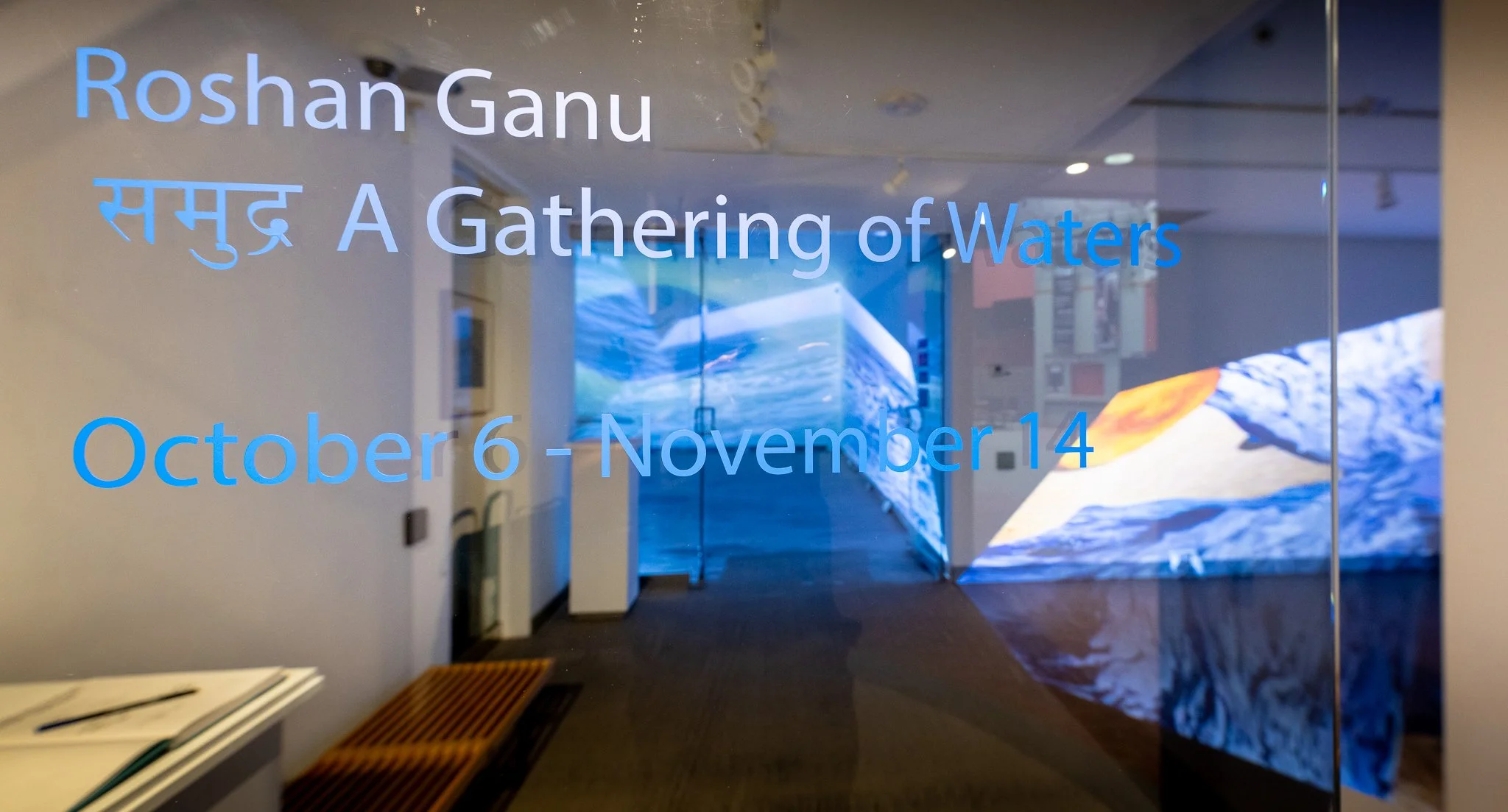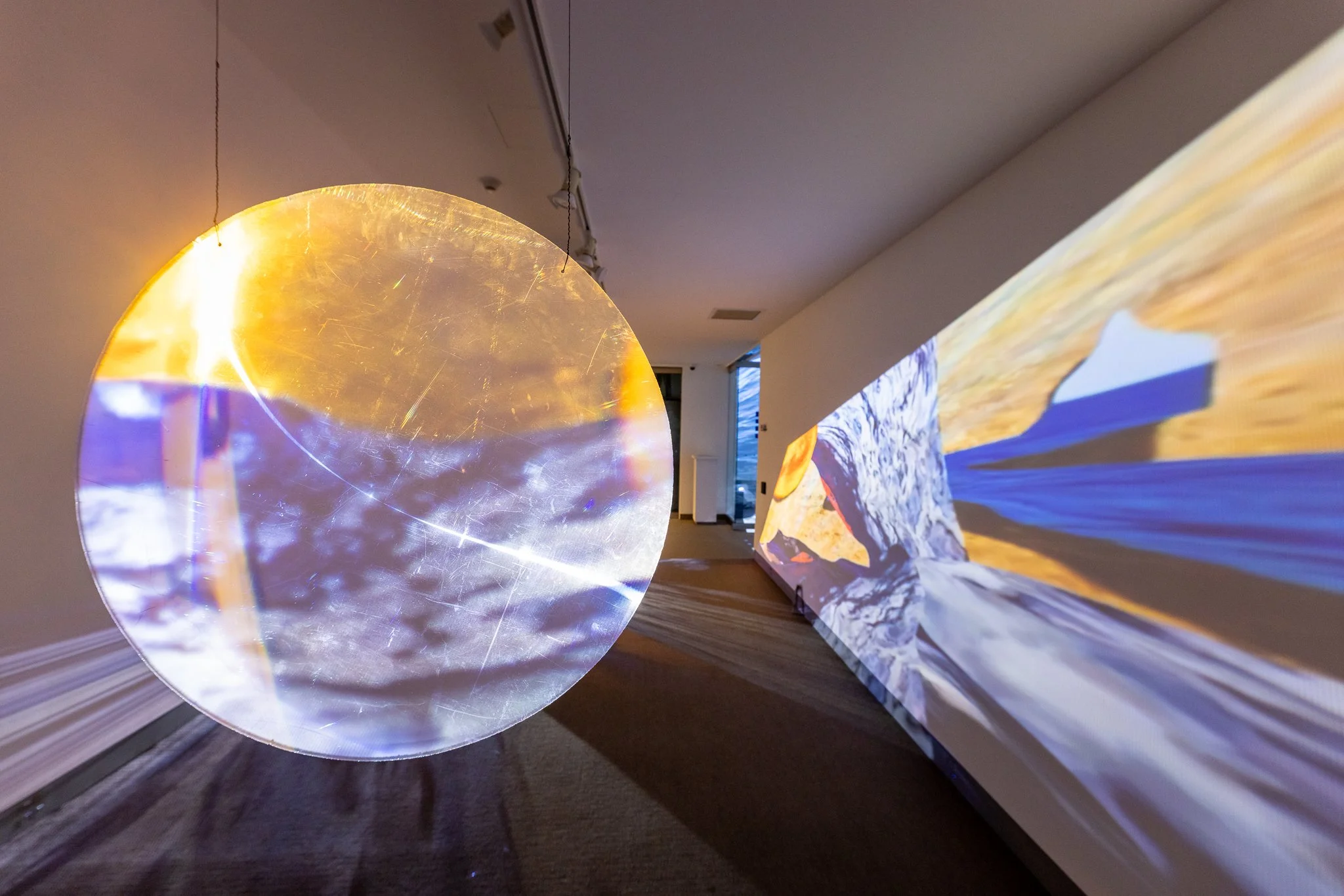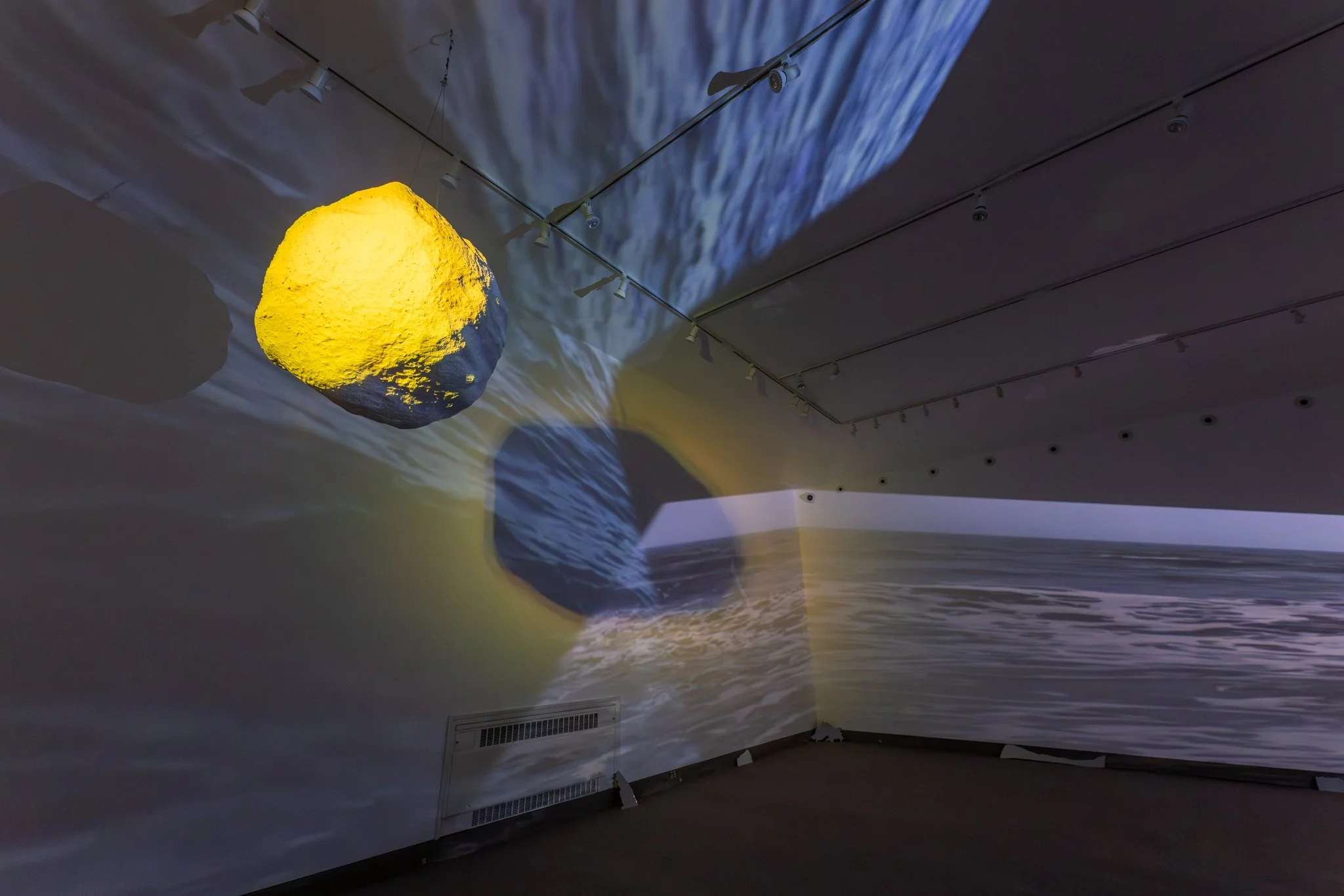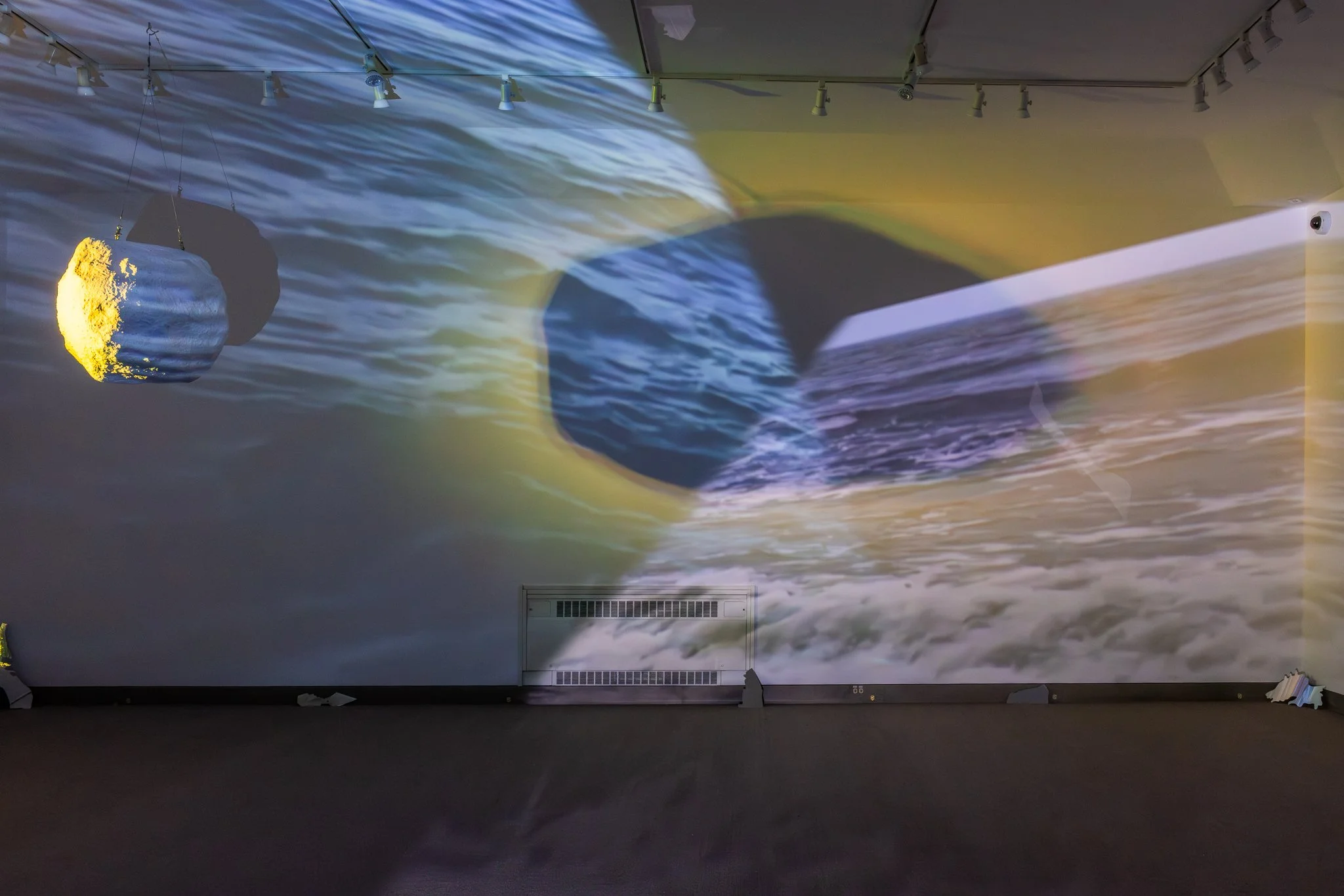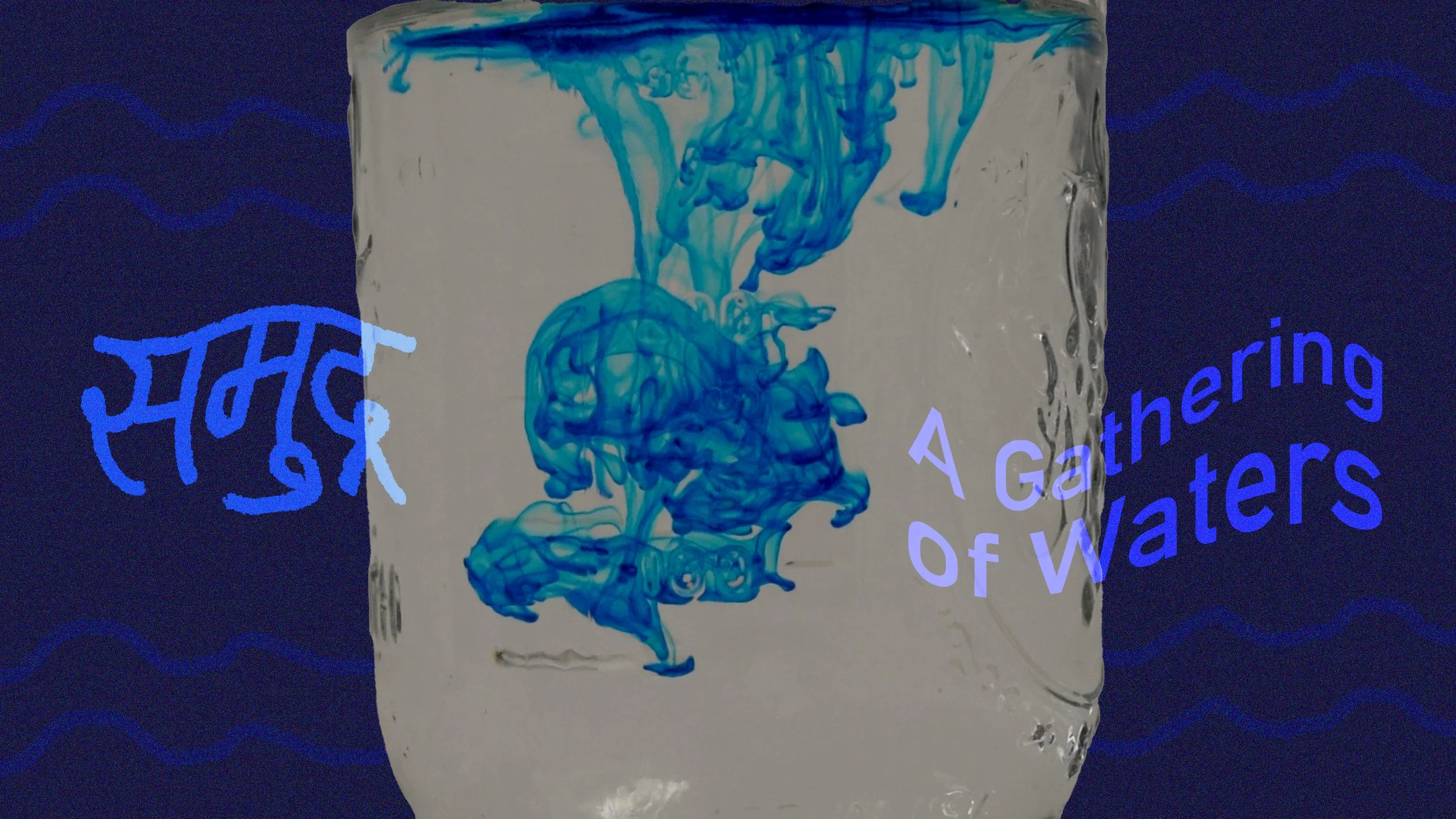
Roshan Ganu
समुद्र
Gathering of Waters
October 6 – November 14, 2025
Opening Reception and Artist Talk: Friday, October 10, 5–7 pm
Roshan Ganu: Gathering of Waters
Artist Bio
Ganu is presently a Jerome Hill Foundation- Visual Arts Fellow 2025-28. She is also an awardee of the MAEP program at the Minneapolis Institute of Art, where her exhibition titled 'रातराणी : The Night Blooming Jasmine' concluded earlier this year. Ganu’s work has been exhibited nationally and internationally, including Medrar For Contemporary Art in Cairo- Egypt, MDW Art Fair in Chicago, Rochester Art Center and Soo Visual Art Center in Minnesota. Publications such as Brooklyn Rail, Star Tribune, Minnpost, MNArtists-Walker Art Center, Minnesota Public Radio-Art Hounds have written about her work with features, articles and interviews. She presently teaches in the undergraduate program at Hamline University and MCAD.
Artist Statement
Growing up in Goa, the Sea was a part of the body. It was part of the daily commute to everyday life. The Sea was a place where illusions and a dreamy state of mind was routine, before entering the doors to school. The Sea was a place where I could imagine things about a faraway land, because a Sea meant that it touched other shores along with mine. The Sea traveled to other shores where people looked different, spoke a different language and celebrated different festivals. The Sea meant that the water washing over my feet traveled through waves, underwater currents and tremendous nautical miles, to wash over somebody else’s feet. I would meet these people through the touch of the Sea. Is someone on the other side also feeling the sand and salty water on their feet? There were many unanswered questions that gave my imagination wings to swim.
A lake on the other hand, was entertainment. It was incredibly smaller than the vast and expansive sea, so small that you could see the other side of the lake, a fundamental distinction I used to think, between a lake and the Sea. Mayem lake was a popular lake in Goa, where we would go ‘boating’. A paddle boat seated 4 family members who would paddle through a weekend getaway. As compared to the Sea, this emotion was underwhelming. However beautiful, this body of water is surrounded by trees, shallow water and tadpoles roaming the beds. But the bodily experience of the Sea was engulfing; the salt in the hair, eyes and skin, the sound of the waves, the visual of a rough, red sea during the Monsoons. The lake felt less adventurous, more recreational.
Lake Superior changed everything. It moved me, it made me dream and wonder about its limitlessness, just like the Arabian Sea. It felt like the Sea… but it was a sweet water lake. I was so confused. The grandiosity of Lake Superior got me questioning the very meaning of words. Why was a lake in Goa so different from a lake in Minnesota? How was the Sea such a dominant force in everyday life in Goa, and such an insignificant concept in land locked Minnesota? Isn’t it blasphemous to call the magnificent body of water a Lake? Can this Lake be the Sea? Then, is the Arabian Sea just a really large Lake? Then is Mayem Lake in Goa just a bigger pond? And is the local lotus pond near my house just a big puddle? Lake Superior illuminated the illusion of words. It brought fluidity to my understanding of water bodies and the possibilities of dreaming around their vastness, their littleness. This installation is an experiential conversation, it is a large sentence. It is an illusory fact. It is a lopsided understanding of the Sea and the Lake. One could be the other. Sweet or salty. They fall into each other. It is a gathering of waters, a समुद्र (sa-mu-dra).
Roshan Ganu, Exhibition Installation, Soeffker Gallery, Hamline University, 2025.
